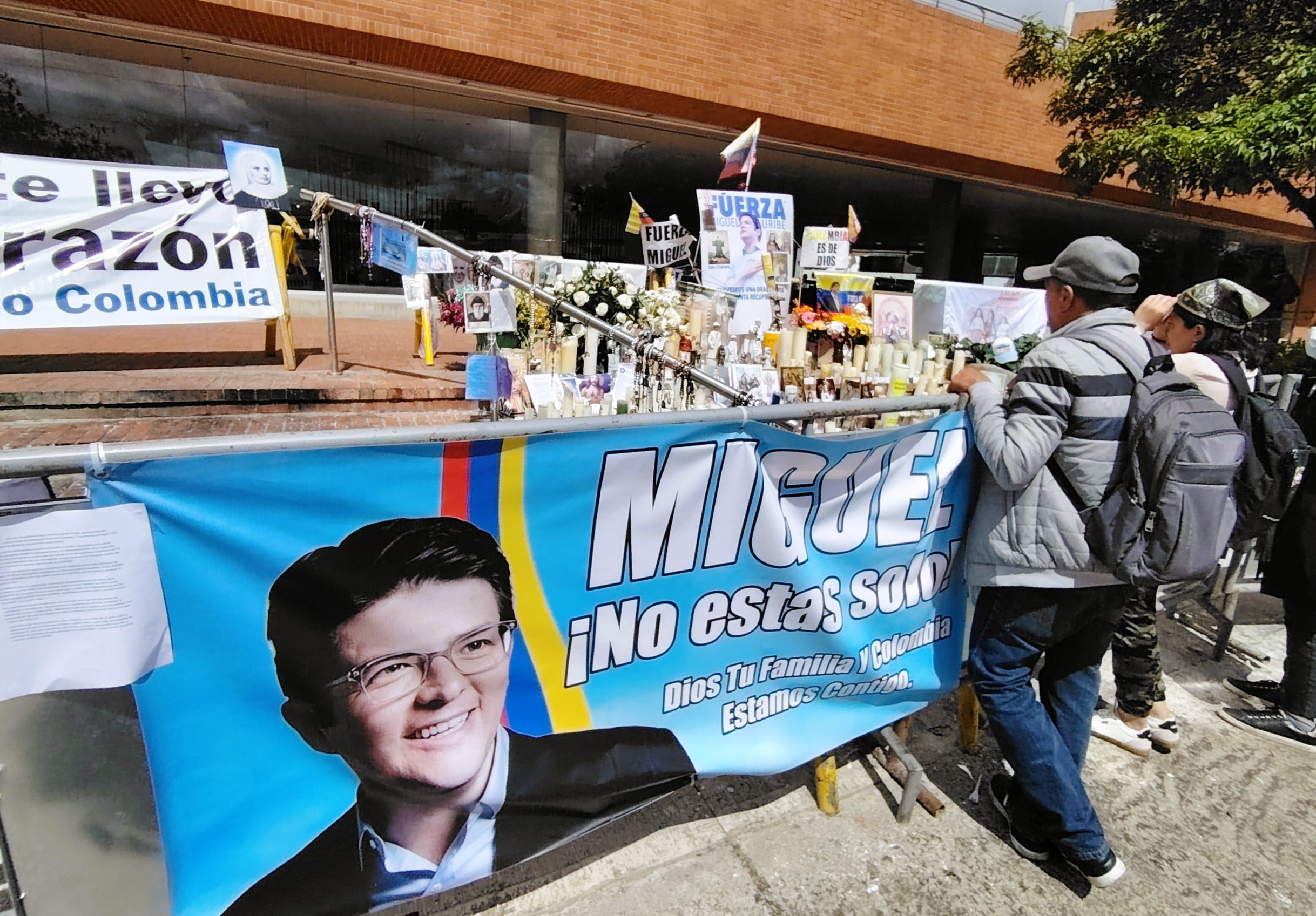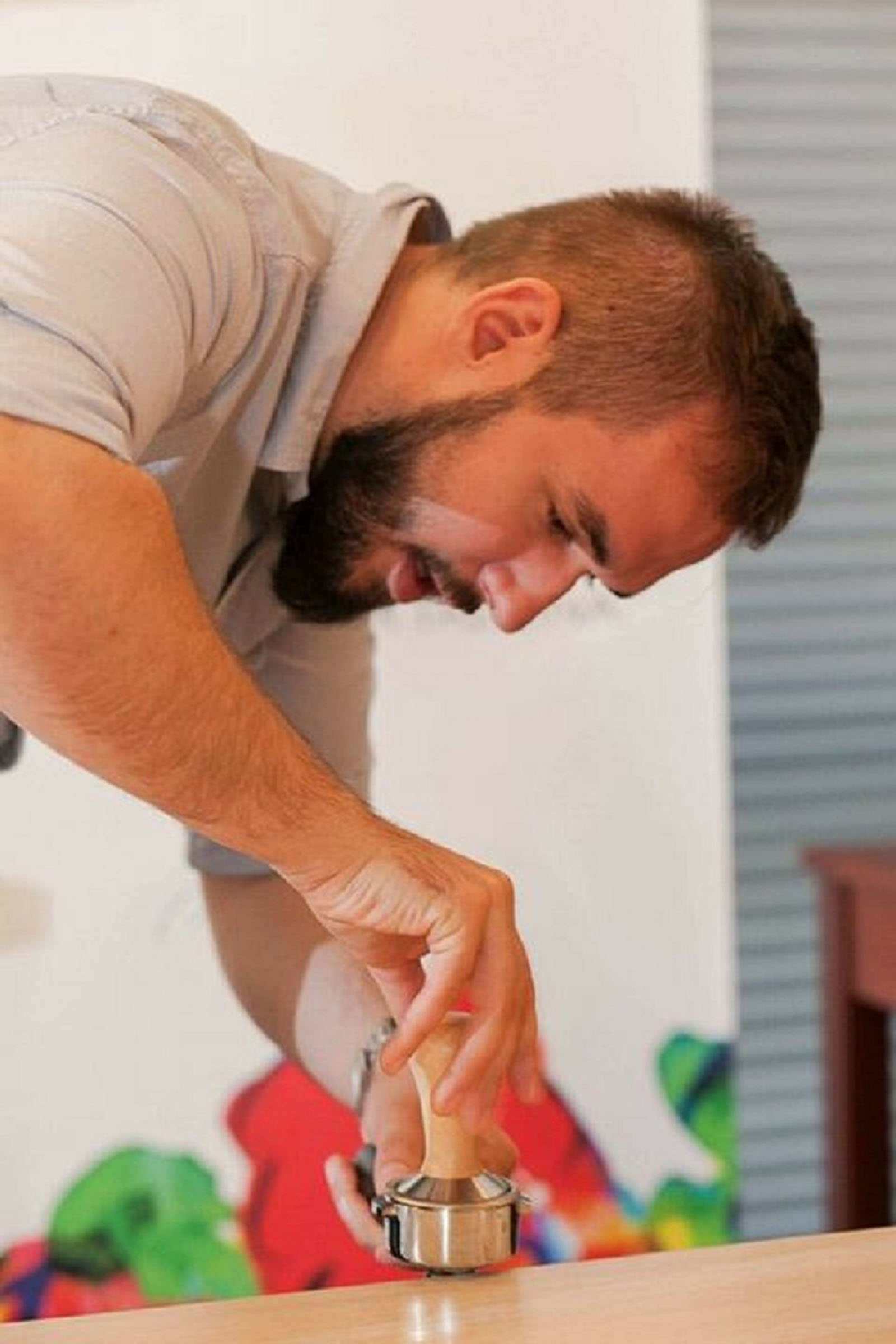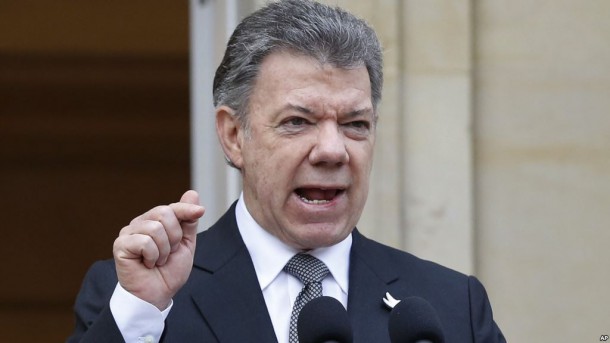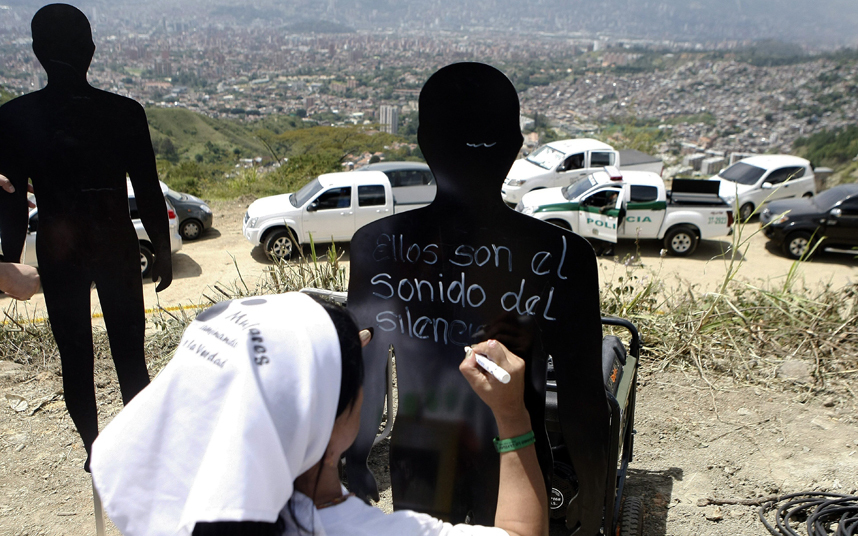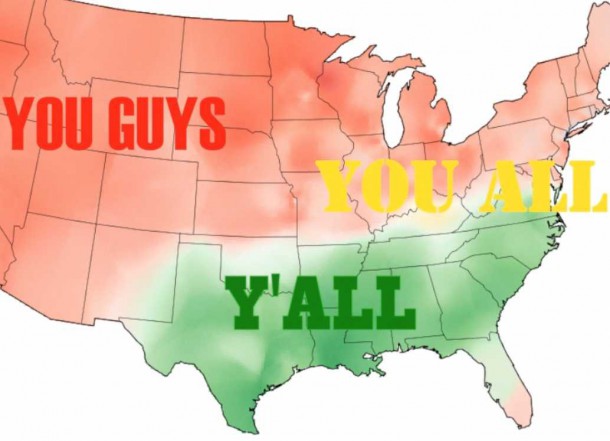As the city winds down, it hasn’t quite turned off completely.
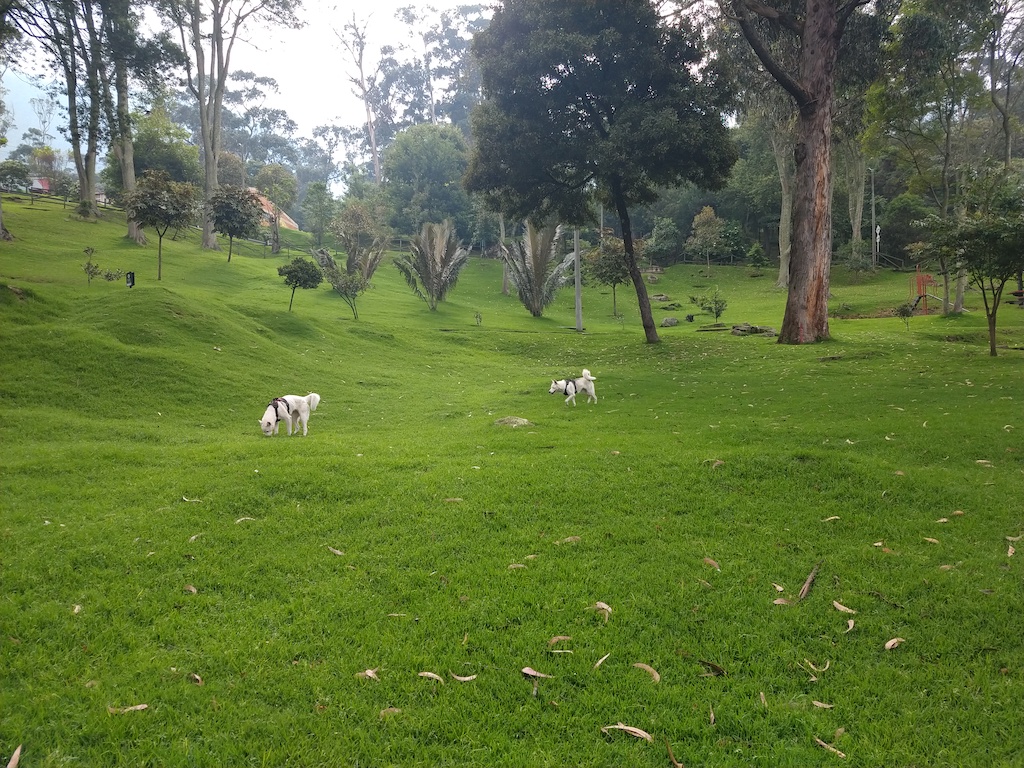
So what is like out on the streets of Bogotá? Well, with two energetic huskies in the house, there’s a pressing need for me to be out of the house and making use of those 20 minute walking slots. For our first stroll around, things were fairly normal: Tiendas were mainly open and people were enjoying coffee and stocking up on necessary items. While it was quiet, it was only about the same as a Sunday, save for the ciclovía not being active. Most drug stores were open, as were EPS clinics, although they were all almost completely empty.
Chains took a different attitude: Subway was closed, but Dunkin’ Donuts and Ara were fully open and serving with gusto. Tostao’ decided to open, but to offer service at the door, which some OXXOs copied. Again, this was inconsistent and varied shop to shop.
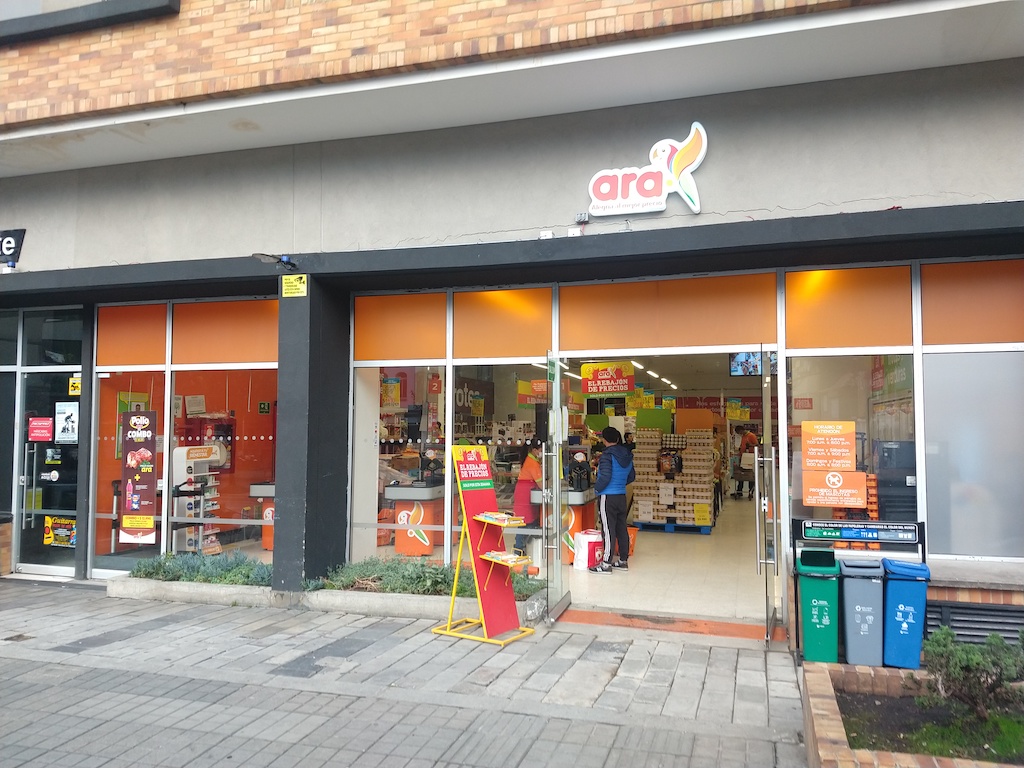
In the Parque Nacional, there were a number of dog walkers wandering about at great distances. There were few other people in the park, but far from totally empty. It was an odd mood – normally my dogs like to socialise and meet people, but today we kept away from everyone. It was jovial though, and waves were exchanged from distance
Police were present but not getting involved. Most people were obeying the spirit of the simulacro, and so the police let them get on with things. I passed a number of officers, all of whom ignored me or smiled and waved. Having been previously worried about the increasing focus on fines and compliance, I was relieved to see it handled sensibly and rationally.
Going out in Bogotá’s quarantine
Speaking to people in other parts of the city, different stories emerged. Up in Suba, my friends saw only the occasional rappitendero as the conjuntos remained quiet. The story was the same in Nueva Zelandia around the 183.
Chapinero seemed almost normal in a few places, especially around the 60s. Towards the south, a friend in Bosa commented that most people were going out completely as normal. In Soacha, some said life continued since transport was not fully connecting the town with Bogotá proper, and many are cut off from work. Others reported that people are scared and staying at home.
Read all our coverage on the coronavirus in Colombia.
While medics were getting things done on the way to and from work, others went to work shifts at burger places in Chapinero, presumably to meet the domicillio demand. But there were others about with seemingly no connection to essential services. And people definitely managed to order taxis on apps to visit friends’ houses.
In the end, it seems as though the simulacro is doing its job: the city is largely closed and the chances of widespread infection are being reduced. On the other hand, life is not completely finished – remember, one person per household is still allowed to go to the shops and you can still cover the essential needs of life. All of this without a heavy-handed police presence. As Bogotá breaks new ground with this seemingly world-first trial run, things are looking good for future, longer, shutdowns.

